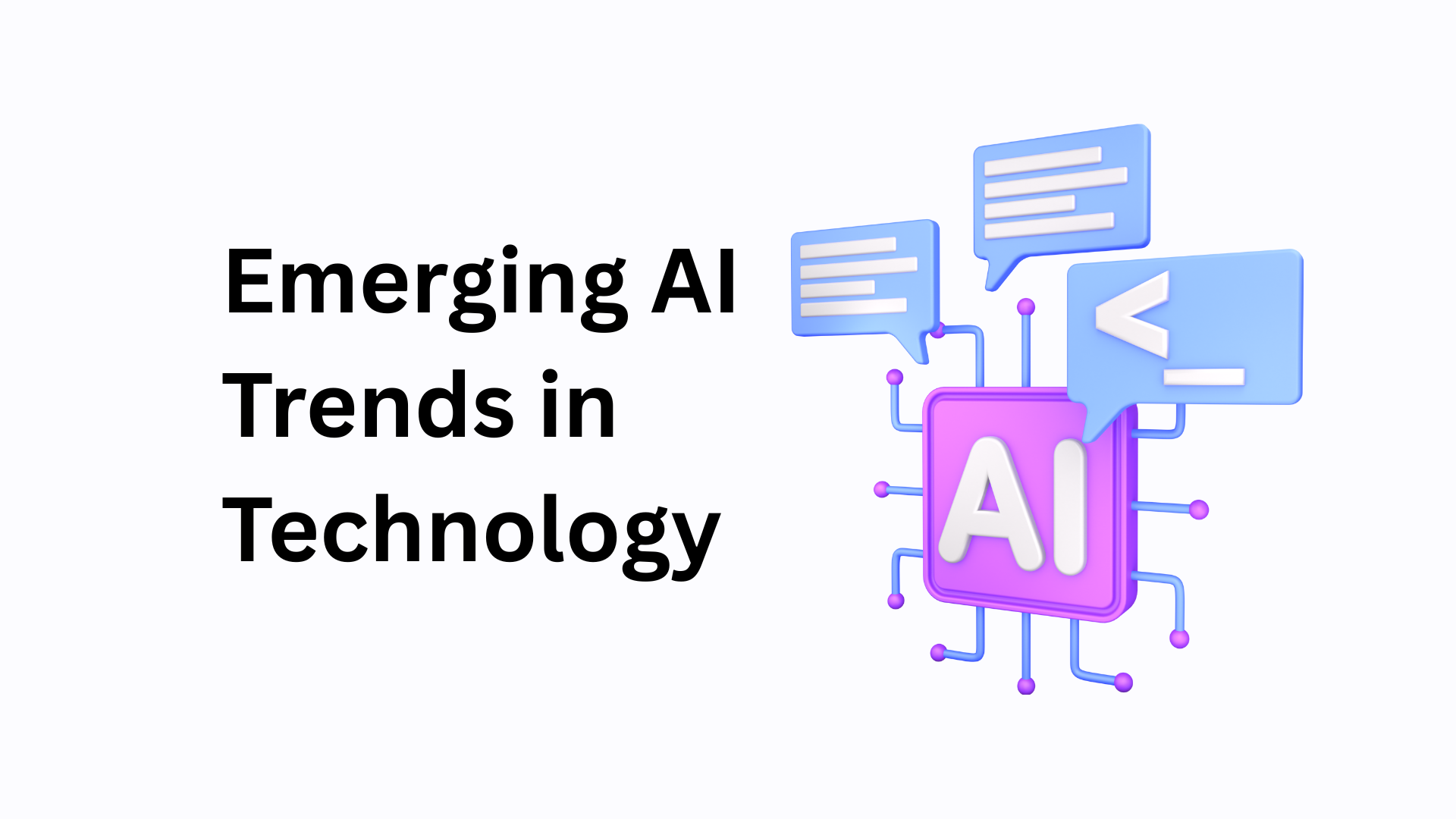Essential Strategies for Mobile App Development and Marketing

Source: Unsplash
To attract and retain customers, businesses need to launch mobile apps. With so many services available online now, ignoring mobile marketing means failure. However, many startups struggle to make their mark due to ineffective development strategies. This article explores five main mobile development approaches. These approaches are built to make development easy and effective. By adopting the right mobile app development service, companies can increase their chances of success in the competitive mobile app marketplace.
5 Mobile App Development Approaches
Each mobile development approach has its own unique benefits and trade-offs. You can easily find a suitable one for different business goals and technical requirements. Below is a comprehensive overview compiled by experienced app development service providers.
| Approach | Platforms Covered | Description |
| Native | Android | Utilizes platform-specific languages (Java, Kotlin) and tools provided by Android Studio. Offers optimal performance and a high degree of integration with device hardware. |
| Cross-platform | Multiple | Employs frameworks like React Native or Flutter. Such apps can run on iOS, Android, and other platforms. That becomes possible due to a single codebase that reduces development time and cost. |
| Hybrid | iOS, Android | Combines elements of native and web app technologies. Allows apps to be installed on a device like a native app. It is built with web technologies like HTML, CSS, and JavaScript. |
| Rapid mobile app development | Multiple | Uses drag-and-drop features and pre-built templates. It enables faster delivery of apps across multiple platforms. No extensive coding is required. |
| Progressive web apps | iOS, Android | Web apps that offer a native-like experience, using modern web capabilities to deliver high levels of performance and engagement. Can be accessed via browsers but offer functionalities similar to native apps. |
How Application Development Services Look Like?

Source: Unsplash
Mobile application development services follow a structured process. This ensures that every app is optimized for functionality and user engagement. Below is a detailed table outlining the main stages involved in the development.
| Stage | Description | Key Activities |
| 1. Strategy and planning | Initial phase, where the app concept is refined and a development strategy is formulated. | Market research, identifying target audience, and setting objectives. |
| 2. Analysis and requirements | Detailed analysis to define the requirements that the app needs to fulfill. | Gathering user requirements. Defining functional and non-functional requirements. |
| 3. UI/UX Design | Designing intuitive and engaging user interfaces. | Creating wireframes, designing user flows, and UI mockups. |
| 4. App development | The coding phase where the app is built and back-end systems are set up. | Writing code, integrating APIs; developing app front-end and back-end. |
| 5. Testing and quality assurance | Rigorous testing to identify and fix bugs. Tests ensure the app meets quality standards. | Unit testing, integration testing; user acceptance testing, performance testing. |
| 6. Deployment | Launching the app on platforms such as Google Play or the App Store. | App submission, app store optimization, initial release. |
| 7. Maintenance and updates | Ongoing updates to add features and fix bugs. Performance improvement based on user feedback. | Regular updates, feature enhancements, and performance optimization. |
Mobile App Development Frameworks
The framework affects prices for mobile app development services. It also affects the efficiency and scalability of an app. Below, we discuss the most popular development frameworks.
1. Flutter: The framework is used in developing natively compiled applications for mobile, web, and desktop. It is famous for its rapid development cycle and UI abilities. The feature of "hot reload" in Flutter helps developers witness changes in code on the fly.
2. SwiftUI: This framework helps developers build UIs across all Apple platforms. The amount of code required to create animations and UIs is reduced. It integrates seamlessly with all Apple devices. It ensures optimal performance and a high-quality UX.

3. Ionic: It’s a popular choice for hybrid mobile apps. It utilizes web technologies like HTML, CSS, and JavaScript. It offers a rich set of UI components that adapt to multiple platforms. Ionic also allows for the use of plugins, enabling access to a wide range of device features.
4. Xamarin: The framework uses C# for coding, which eliminates the need for separate Swift or Java languages. Xamarin apps can share up to 90% of their code across platforms. This helps reduce development time and maintain consistency. It provides strong integration with Microsoft’s ecosystem, which is perfect for business applications.
5. Corona SDK: Primarily used for game development, Corona SDK is designed for speed and performance. It uses Lua, a lightweight and powerful scripting language that is easy to learn and quick to write. The SDK is known for its rapid testing and deployment capabilities, allowing developers to see changes immediately. If you're looking to build high-performance 2D games or interactive apps, consider dedicated developers for hire who specialize in Corona SDK to accelerate your development process and ensure top-notch results.
Conclusion
A strategic approach helps navigate the world of mobile app development services. Businesses can make informed decisions by understanding the different development approaches and frameworks. The right mobile app development services can dramatically influence the trajectory of your project. They ensure that your app reaches and engages your target audience.






